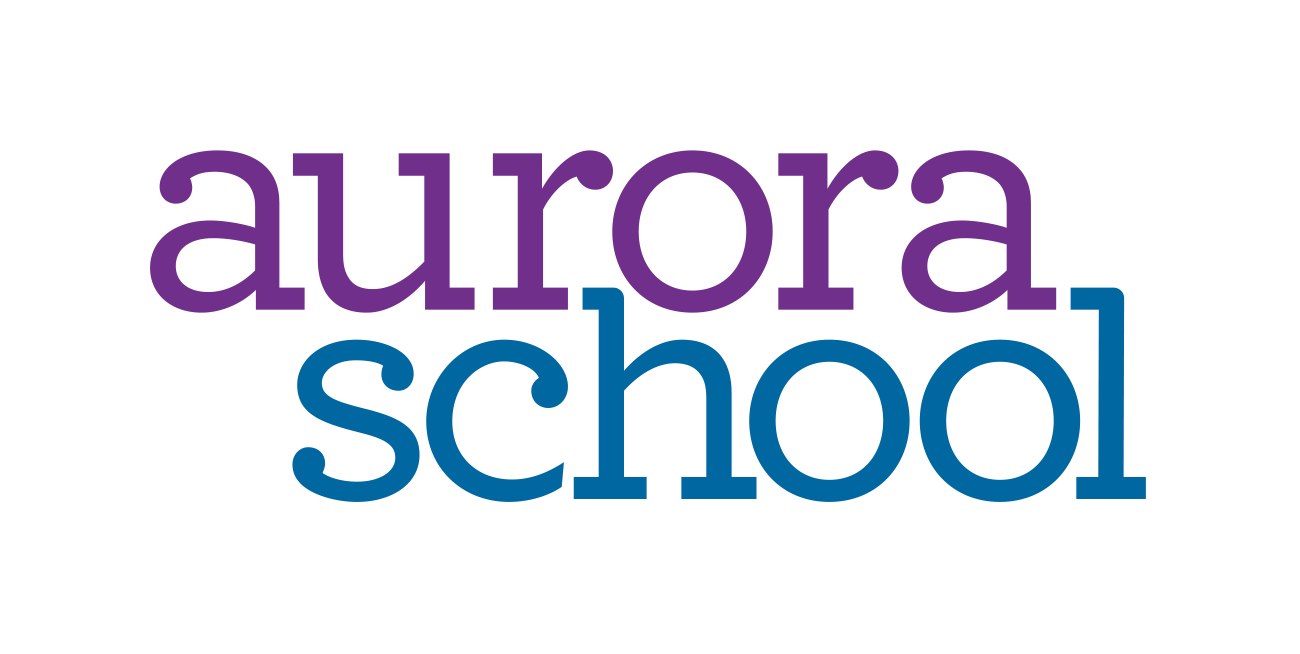Progressive Education: The Aurora Way
Adapted from Alfie Kohn’s article, “Progressive Education: Why it’s Hard to Beat, But Also Hard to Find”
Attending to the whole child
Community
Collaboration
Social justice
Intrinsic motivation
Deep understanding
Active learning
Taking kids seriously
How we teach
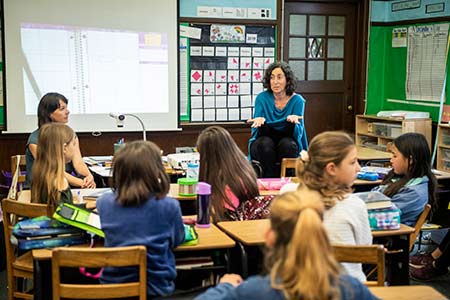
Service Learning
Students and adults at Aurora engage in both service learning and community service at all grade levels on a consistent basis.
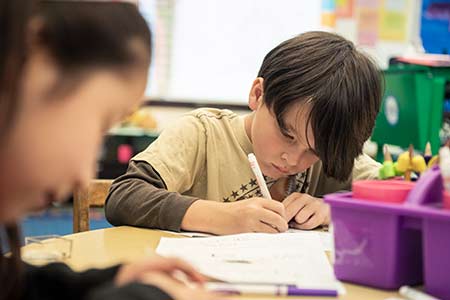
Observation and Assessment
Formal and informal authentic assessments occur throughout the school year for every child.

Skills, Not Tests
We do not use standardized testing when measuring or evaluating our students. Students in upper grades practice test-taking skills as a part of the curriculum in preparation for standardized tests.

Performances
Through yearly performance productions, students learn to weave all they have learned during the school year into a stage production. Together they create, collaborate, design, and learn a variety of drama skills.

Partner Pals
Twice a month, Aurora students buddy up with an Aurora student who is not in their grade level. Together they engage in social-emotional curricula and community service activities while building community.
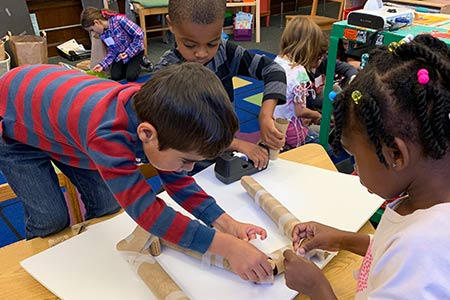
Community Creators
Every year, for two weeks in October, students explore activities in school wide, cross grade groupings to discover and build community.
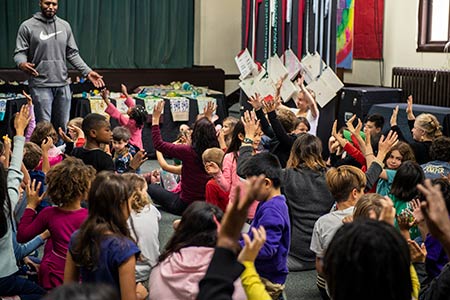
All-School Assemblies
Every Tuesday morning, the entire school community gathers for assembly in the auditorium. Here, we sing and dance together, hear from our students and faculty, and practice mindfulness.
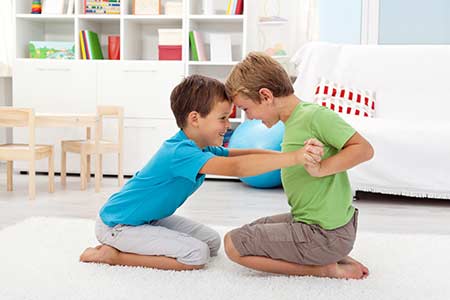
Rumpus
the power to make change
the power of small
How we live the power of small each day
- Students are at the center of everything we do.
- Our students are challenged to step-up and lead.
- All staff and faculty know every child.
- Small schools have the ability to have stronger, more connected communities.
- Teachers and administration know your child and your family in a way that is not possible in a larger school.
- Our K-3 classrooms have full time Lead Teachers and Teaching Assistants.
- Our 4/5 classrooms have full-time Lead Teachers in each room and a shared Teaching Assistant between the two classrooms.
- Two adults in each room provide our students with more individualized attention and small group instruction.
- More attention can be given to social emotional learning with two adults in the classroom.
